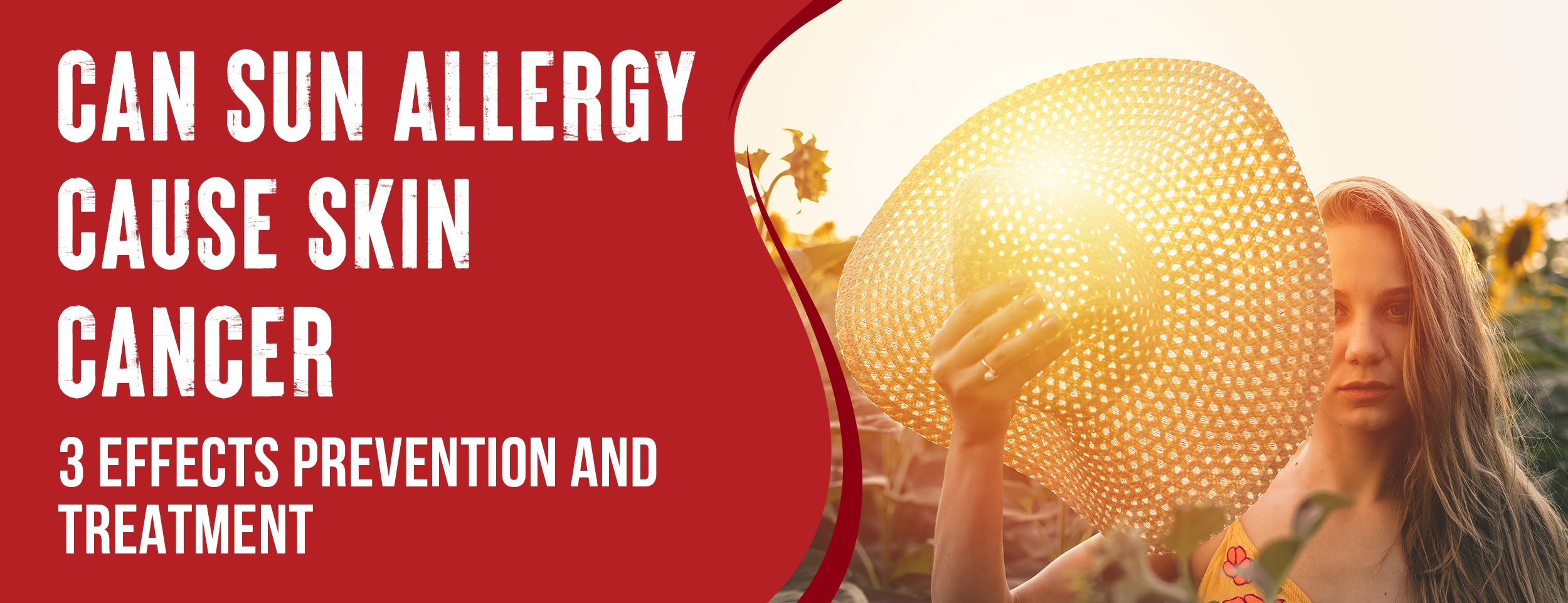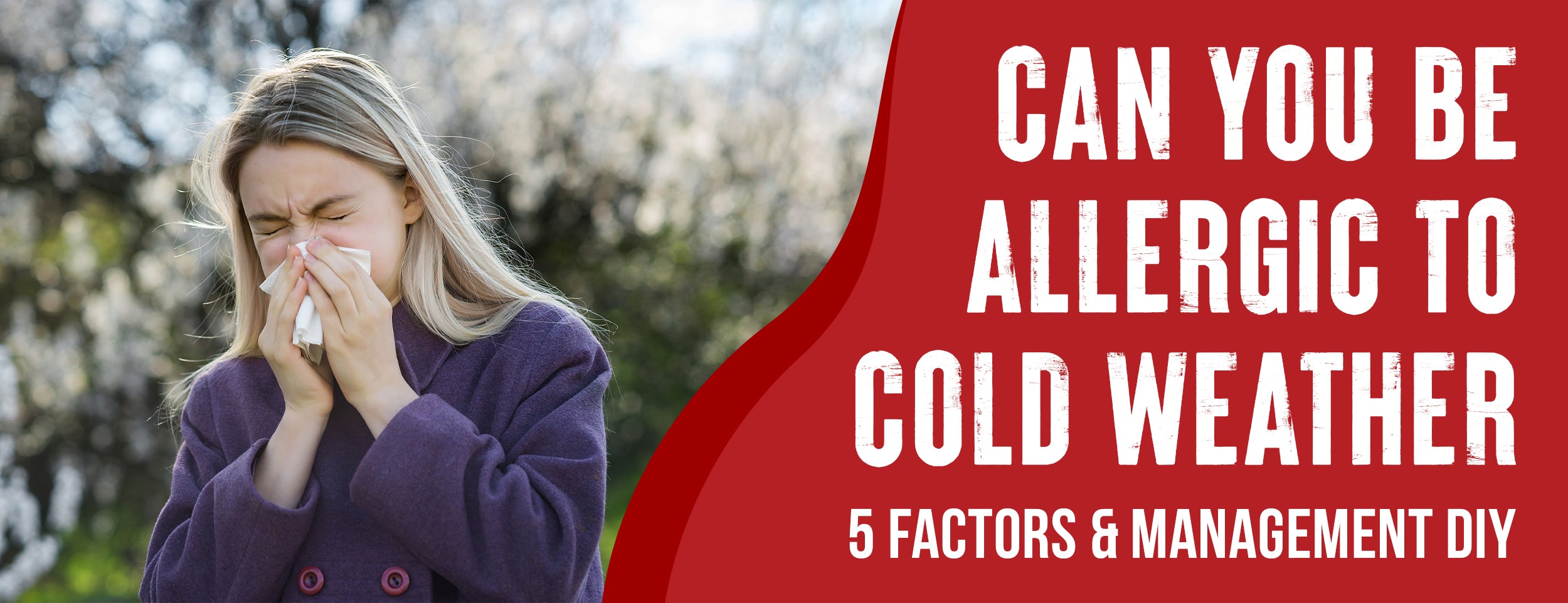Excessive stress rash can lead to a breakout of red, itchy hives on the hands and neck. Besides causing hives and stress, rash can also trigger flare-ups of skin conditions, such as psoriasis, rosacea, and eczema.
The best way to get rid of stress rashes is with antihistamines. Antihistamines are over-the-counter. You'll get relief from itching and inflammation with these. A doctor may recommend more potent antihistamines and steroids if your reaction is more robust.
In this blog post, we will explain easy ways to treat stress rash, stress management for prevention, and if you have stress rash, seek medical attention as soon as possible.
Stress Rash Treatment: 2 Easy Way

Over-the-counter (OTC) treatments can quickly relieve stress rash discomfort. These options aim to reduce itching, redness, and inflammation associated with the rash. Here are some treatment options for stress rash:
- Antihistamines: Diphenhydramine, cetirizine, and fexofenadine are first-line defenses against allergy symptoms, including those triggered by stress. These can offer significant anti-itch and anti-inflammatory benefits.
- Calamine Lotion: This staple soothing lotion has a cooling effect on irritated skin. It's effective against itching and forms a protective layer, minimizing abrasion by clothing.
- Hydrocortisone Cream: Available at varying strengths, hydrocortisone is a corticosteroid that can address mild-to-moderate inflammation of the skin. It works by interrupting the processes that cause allergic and autoimmune responses.
- Anti-Itch Formulations: Specialized creams like Sarna or CeraVe contain ingredients such as menthol or pramoxine, which target itching without the drowsiness sometimes associated with antihistamine use.
Sentinel Approach to Natural Remedies
Natural remedies can be a harmonious addition or alternative to OTC approaches, particularly for those who prefer a holistic treatment plan.
- Cool Compress: A simple cold press can shrink blood vessels, reduce inflammation, and immediately relieve the itching and burning associated with a rash.
- Oatmeal and Milk Baths: These time-honored solutions can offer a soothing retreat for irritated skin. The proteins in the milk act as natural anti-inflammatory agents, while oatmeal's complex sugars form a protective barrier.
- Herbal Poultices: Herbs like comfrey, calendula, and chamomile are known for their anti-inflammatory and skin-soothing properties. A poultice made of these can speed up the skin's recovery process.
- Lifestyle Modifications: Managing stress proactively can reduce the frequency and intensity of stress rashes. Starting practices such as meditation, yoga, or pursuing a hobby can fortify the mind against the impact of stress.

Managing Stress for Prevention
The most effective way to address stress rashes is by treating the underlying cause. Here are strategies to dial down the psycho-dermal friction:
- Therapy and Support Groups: Cognitive-behavioral therapy and anxiety support groups offer structured approaches to unpacking and managing stress.
- Mindfulness and Meditation: These practices enable the mind to become less reactive to stress triggers, fostering a more balanced mental state.
- Physical Activity: Regular exercise can mitigate the physical effects of stress, releasing endorphins that uplift mood and contribute to a general sense of well-being.
- Balanced Nutrition: Rich in vitamins, minerals, and antioxidants can bolster the body's resilience against stress and stress-related skin conditions.
- Adequate Rest and Sleep: Quality sleep is restorative, helping to reset hormonal balances disturbed by stress. Conversely, inadequate sleep can further exacerbate the problem.
Right Time to Seek Medical Care for Stress Rash
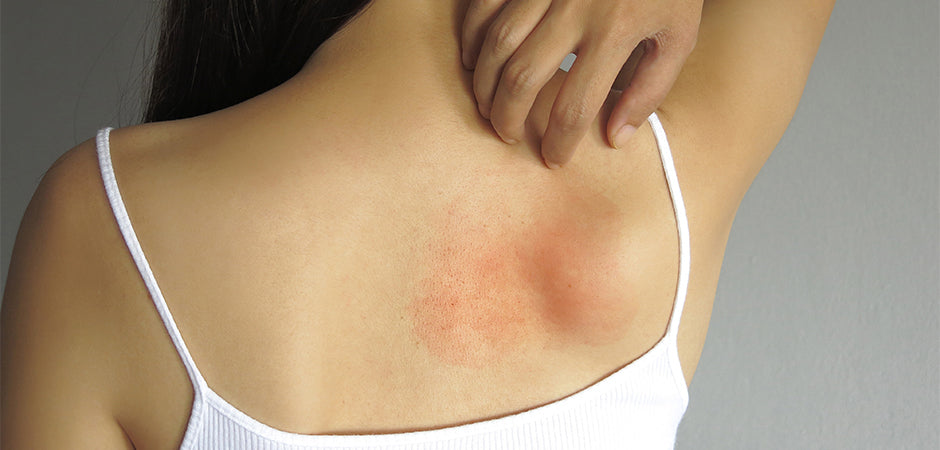
Sometimes, a stress rash might cause medical intervention. If OTC treatments and stress management strategies cannot provide relief, a visit to a dermatologist might be necessary. In rare cases, stress rashes can become chronic, or they may show an underlying skin or immune disorder that requires specialized treatment.
- Prescription-Strength Medications: For severe or recurring stress rashes, dermatologists may prescribe more potent corticosteroids, antihistamines, or newer therapies like monoclonal antibodies, which can target the immune response.
- Immunosuppressants: In severe cases, immunosuppressant medications might be indicated to curb the body's aggressive response to stress-induced hormones. These are typically reserved for the most obstinate and distressing skin reactions.
- Medical Consultation Signs and Symptoms: It's essential to get checked out if you have symptoms like a rash that doesn’t resolve, peeling, blisters, bumps filled with pus, or hives that involve mucous membranes.
Conclusion
We hope you found these tips and tricks helpful in your battle against those bothersome stress rashes. The most effective solution is often to address the root cause, stress. Stress and its associated skin conditions can be combated by incorporating practices like therapy, mindfulness, and wholesome nutrition.
But, if your stress rash is not responding to OTC treatments and remains persistent, it might be time to contact a dermatologist. They could help identify any underlying skin conditions or immune disorders that might require more specialized care. Just remember, your skin is a mirror reflecting your inner health. Take care of it, and it will glow for you.




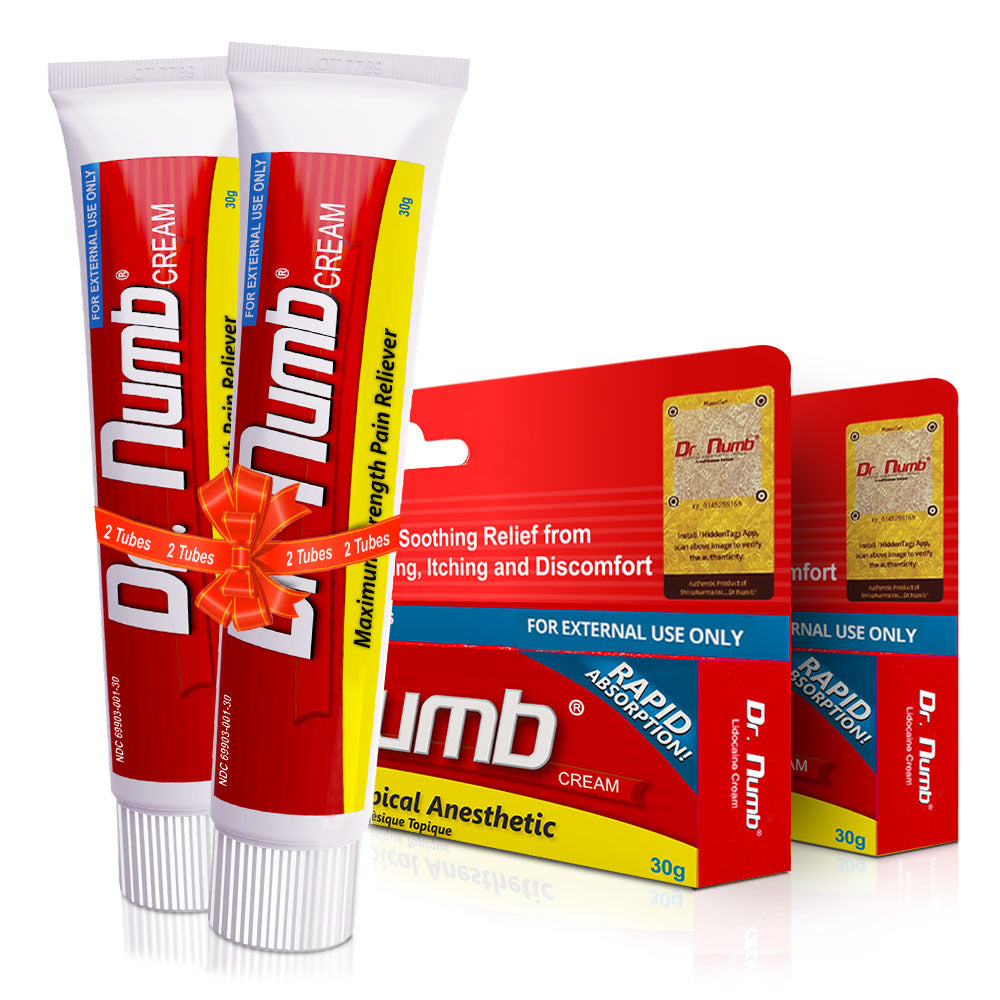

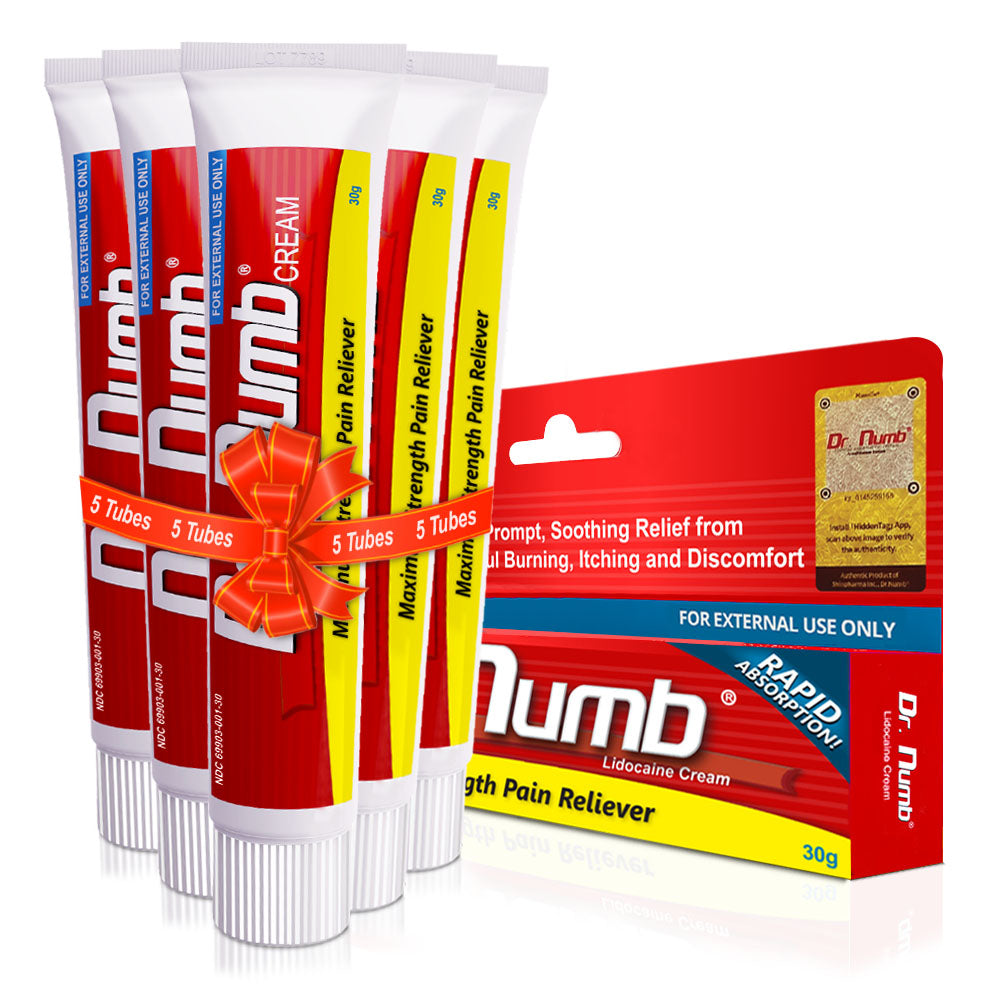
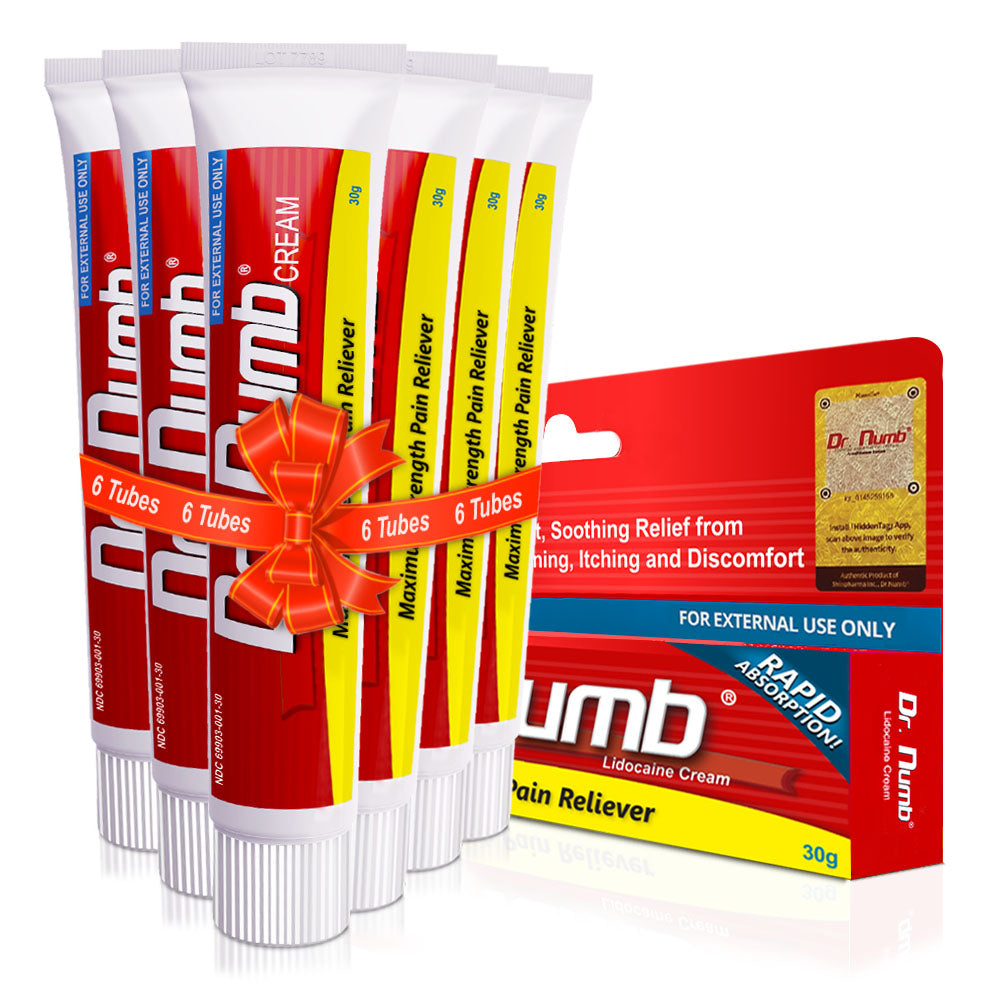
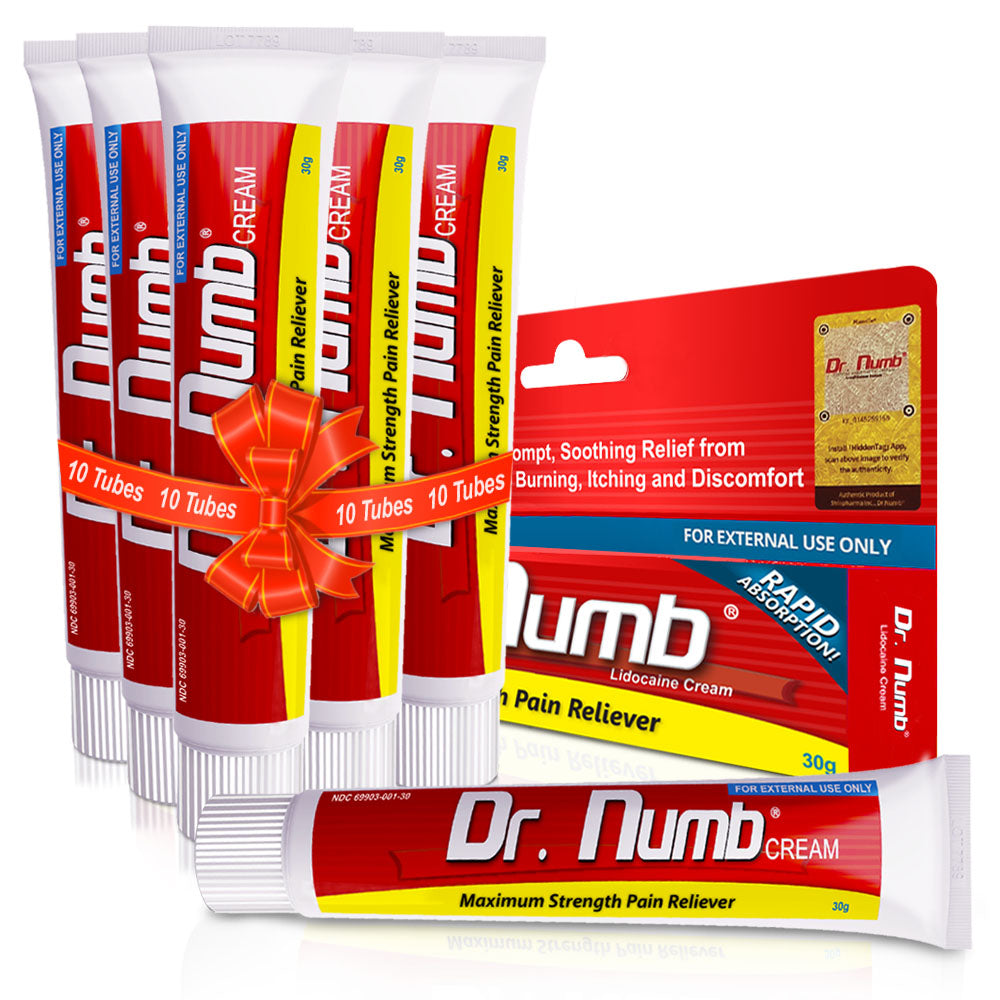
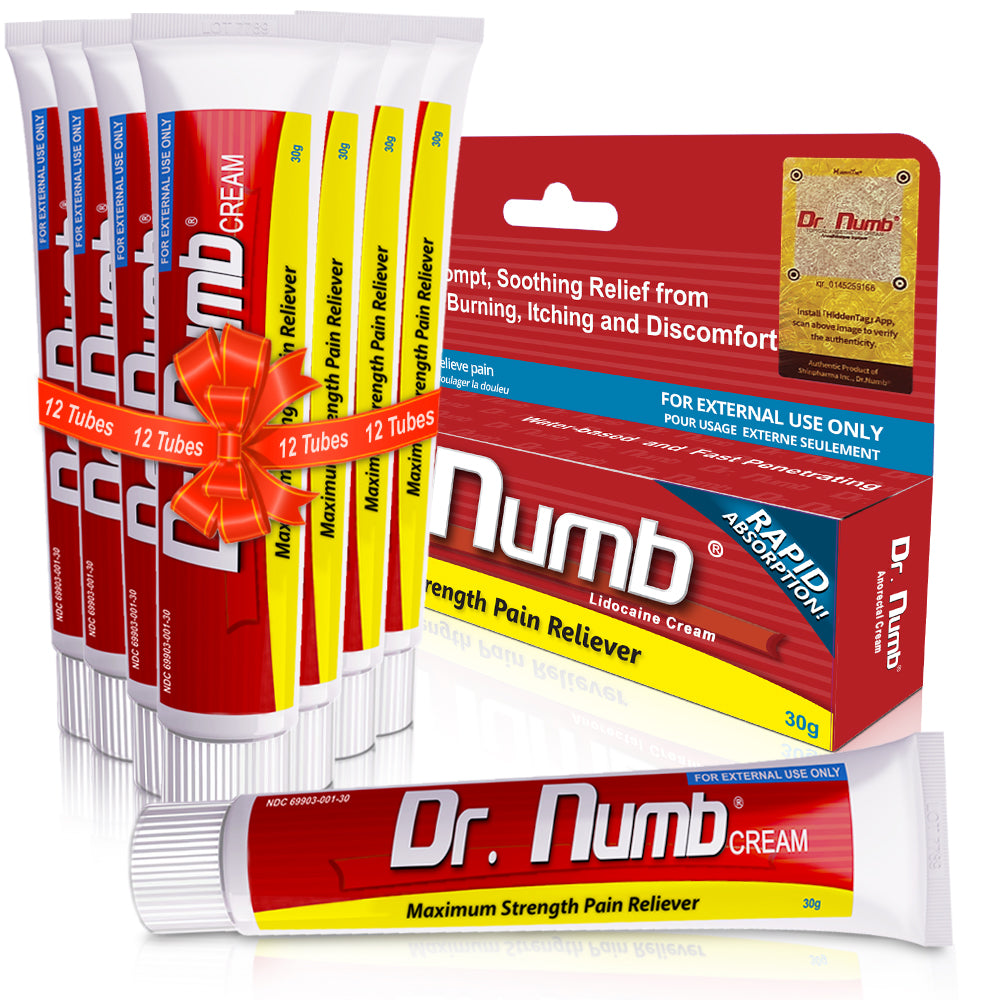





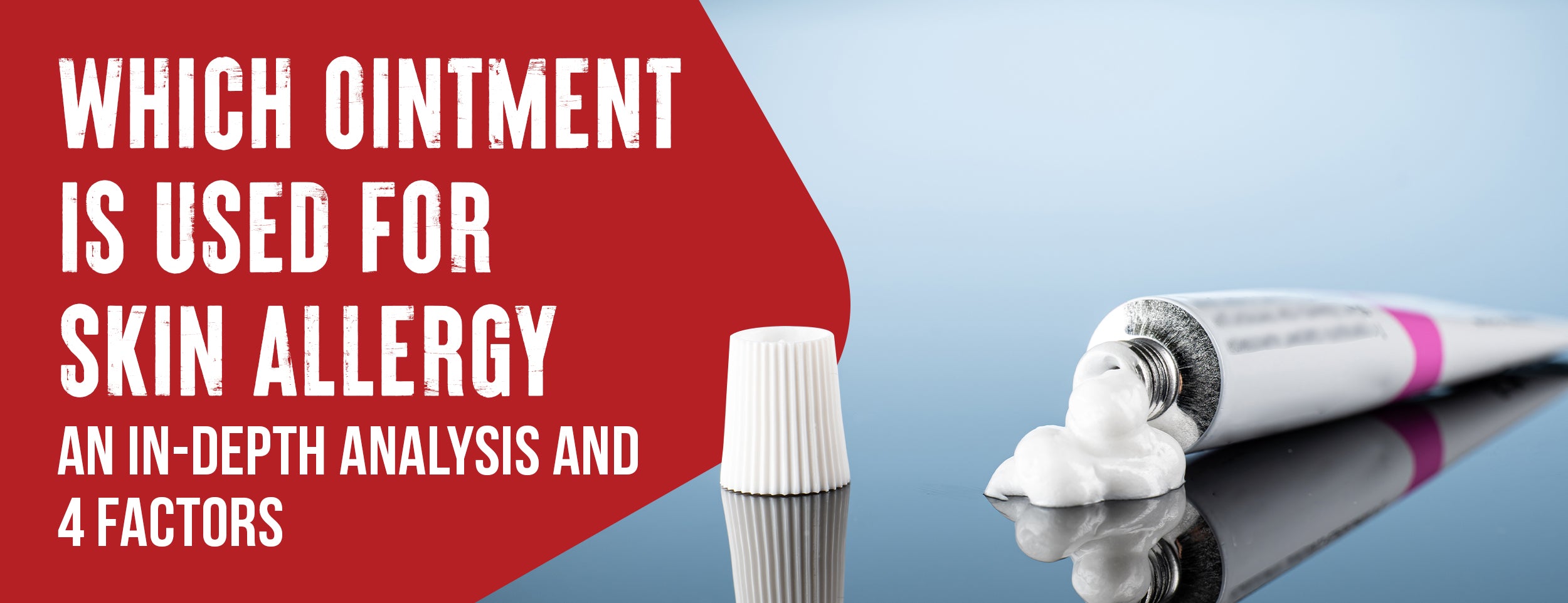
![The Most Common Food Allergies That Cause Itchy Skin [6 Common Symptoms]](http://drnumb.com/cdn/shop/articles/Can_Food_Allergies_Cause_Itchy_Skin__17_Listed_6_Symptoms_Common.jpg?v=1714999986)
